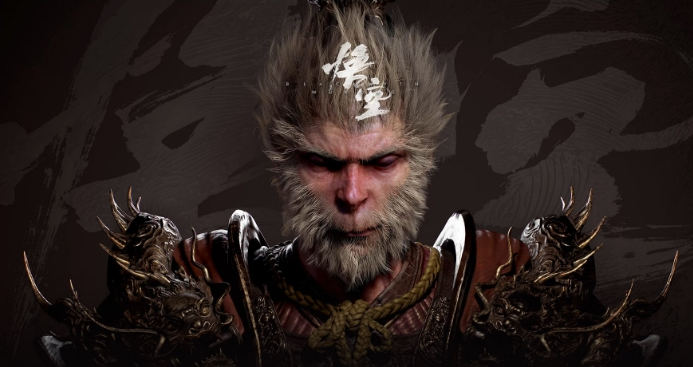The character of Wukong, widely known as The Monkey King, stands as one of the most famous figures in Chinese literature and mythology. Beginning with the classic Chinese epic novel Journey to the West written by Wu Cheng’en during the Ming Dynasty, Wukong embodies a rich tapestry of mythological, cultural and philosophical themes that have resonated through the centuries. His story is not just a tale of amazing adventures and supernatural feats, but also a deep reflection on themes of self-discovery, redemption, and the interplay between the divine and the earthly.
The legend of Wukong begins with his origins as a monkey born from a magical stone on the Mountain of Flowers and Fruits. This stone, imbued with celestial energies, endows him with extraordinary abilities from birth. The Monkey King’s initial quest for immortality and enlightenment leads him to rigorous training under a Taoist sage, where he gains tremendous powers, including immense strength, the ability to shapeshift, and summon magical objects. It includes the ability to do and control them. Among them, his most famous weapon is the Ruyi Jingu Bang, a magical staff that can change size at will and is indestructible.
The Monkey King’s quest for power and immortality soon brings him into conflict with the heavens. His rebellion against the Heavenly Order, his daring attempt to challenge the Jade Emperor—the ruler of the heavens—results in a series of epic battles. Wukong’s disobedience leads to his temporary imprisonment under a mountain by the Buddha, an act that serves as both punishment and a pivotal moment in his character development. This imprisonment becomes a significant symbol of his journey from arrogance and rebellion to introspection and humility.

It is in this context that Wukong’s story fits into the larger narrative of the Journey to the West. The novel chronicles the pilgrimage of Tang Dynasty monk Xuanzang, who sets out on a quest to retrieve Buddhist scriptures from India. With Wukong, along with other disciples—a pig demon named Zhu bajie and a river ogre named Sha Wujing—the journey becomes both a physical quest and a spiritual odyssey. Through his trials and tribulations, Wukong transforms from a rebellious and selfish figure into a loyal and enlightened protector. His transformational journey mirrors the larger theme of the Hajj, which is one of spiritual growth and moral righteousness.
Wukong’s character is a complex combination of different influences. His role as a trickster hero aligns him with archetypes found in world folklore, such as the Norse god Loki or the African trickster Anansi. However, Wukong also embodies distinct aspects of Chinese philosophy and religion. His initial quest for immortality reflects Daoist beliefs in achieving harmony with the universe, while his ultimate salvation illustrates the Buddhist ideals of enlightenment and compassion. This synthesis of philosophical themes enriches his character, making him a universal symbol that transcends cultural boundaries.
Moreover, the story of the Monkey King is embedded with important cultural motifs and values. His legendary status in Chinese culture extends beyond his travels to the West, influencing a variety of art forms, including literature, opera, and modern media. Wukong has appeared in countless adaptations and retellings, from traditional Chinese operas and folktales to contemporary television shows, movies, and video games. This enduring popularity highlights his role as a cultural icon that blends ancient mythology with modern narratives.
In the context of popular culture, Wukong’s influence is particularly notable in how it has been adapted and reinterpreted in various media. For example, his character has been featured in animated series, comic books, and video games, each offering a new perspective while retaining the core elements of his fictional source. These adaptations often emphasize different aspects of his personality—ranging from his martial prowess and magical abilities to his personal journey and philosophical approach. The ongoing fascination with Wukong illustrates its adaptability and relevance in contemporary storytelling, reflecting the universal themes embedded in its legends.

In recent years, there has been a resurgence of interest in Wukong, particularly with the development of projects such as Black Math: Wukong. This modern interpretation of the Monkey King takes advantage of modern technology to bring the character to a new audience while respecting his legendary roots. The project aims to explore and expand Wukong’s rich legacy, paying homage to traditional stories and offering something new for contemporary performers and audiences. The interplay between ancient mythology and modern technology in such adaptations highlights the dynamic nature of cultural narratives and their ability to evolve over time.
Overall, Wukong, as the Monkey King, represents


Leave a Reply